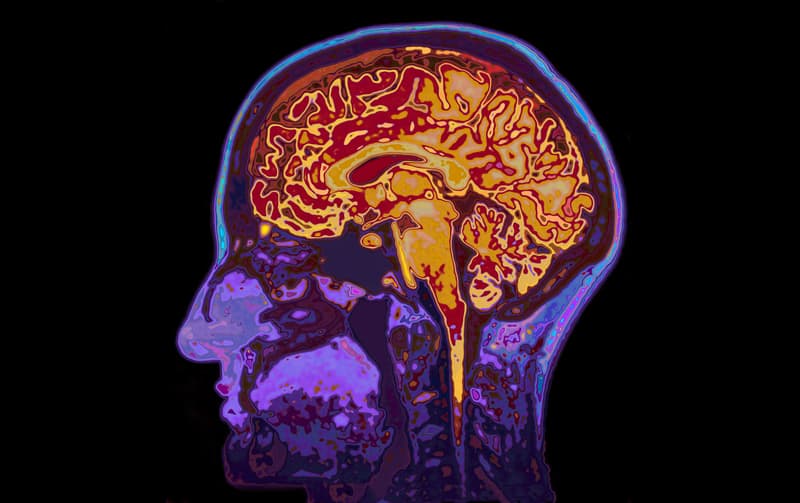Shared cellular mechanisms uncovered across major dementias
Researchers at UCLA have identified common molecular markers in three major forms of dementia, offering new insights into neurodegeneration and potential therapeutic pathways.
Groundbreaking research led by the University of California, Los Angeles (UCLA) has revealed shared cellular mechanisms across three major forms of dementia, marking a significant advancement in our understanding of neurodegenerative diseases. The study, published in the journal Cell on 11 September 2024 [1], identifies both common and distinct molecular markers in Alzheimer’s disease, frontotemporal dementia (FTD), and progressive supranuclear palsy (PSP), potentially reshaping the landscape of dementia research and treatment development.
A novel approach to dementia research
The UCLA-led team, headed by Dr Daniel Geschwind, employed an innovative research methodology that sets this study apart from previous investigations. Rather than focusing on a single disorder or brain region, the researchers conducted a comprehensive analysis across multiple forms of dementia and various brain areas.
Dr Geschwind, a professor of human genetics, neurology and psychiatry at the David Geffen School of Medicine at UCLA and director of the Institute for Precision Health at UCLA Health, explained the rationale behind this approach: “Different conditions have different patterns of degeneration. We reasoned that comparison across cases from different disorders, in addition to the typical case-control comparison, would be useful to identify shared components of neurodegeneration and to understand cell type-specific changes that underlie all these conditions.”
Unveiling shared and distinct molecular markers
Using single-cell genomic analysis on over one million cells, the researchers identified distinct and shared molecular markers across Alzheimer’s disease, FTD, and PSP. These three conditions are known to involve “tau pathology”, the accumulation of abnormal tau protein in vulnerable brain regions.
The study not only validated previously observed changes in Alzheimer’s disease but also uncovered dozens of cell types with changes shared across multiple dementias. Additionally, the researchers identified several cell types with disease-specific changes, many of which had not been previously recognised.
Importantly, the team discovered four genes that marked vulnerable neurons across all three disorders, highlighting potential pathways for new therapeutic approaches.
Linking genetic risk to disease-specific pathways
One of the study’s key findings was the relationship between genetic risk and disease-specific pathways altered in the brain. Dr Jessica Rexach, first author of the study and assistant professor in neurology and neurobehavioral genetics at UCLA, described this discovery as “remarkable and humbling”.
“Although these disease-specific differences were among the minority of the changes observed in diseased brains, they were strongly linked to heritability. This surprising finding opens new avenues for understanding why and how certain genes influence the risk of developing one brain disease over another closely related condition,” Dr Rexach explained.
Unexpected findings in visual cortex
In a surprising turn, the researchers discovered changes in cells of the primary visual cortex across all three disorders. This brain area, responsible for processing visual information, was previously thought to be unaffected by dementia. In PSP, this discovery revealed previously unknown changes in brain cells called astrocytes.
Implications for future research and treatment
The findings of this study have significant implications for future dementia research and potential treatment strategies. The researchers have created an extensive data resource that could pave the way for identifying and exploring new therapeutic candidates for neurodegenerative dementias.
Dr Rexach emphasised the potential impact of their work: “We have pinpointed specific molecules that can now be advanced as potential novel regulators of disease in experimental systems – importantly, grounded in primary human disease data. Additionally, we’ve uncovered unexpected conceptual phenomena that may explain why certain cells exhibit more resilience or vulnerability to disease, and we’re eager to investigate these findings further.”
The research team plans to begin experiments to validate the causal nature of their findings. They anticipate that this study will inspire similar cross-disorder research, potentially leading to a more comprehensive understanding of neurodegenerative diseases and more targeted treatment approaches.
As the global burden of dementia continues to grow, with Alzheimer’s, FTD, and PSP affecting more than 28 million people worldwide, studies like this offer hope for more effective interventions and, ultimately, better outcomes for patients.
Reference:
- Rexach, J., et al. (2024). Cross-disorder and disease-specific pathways in dementia revealed by single cell genomics. Cell.
https://doi.org/10.1016/j.cell.2024.08.019


